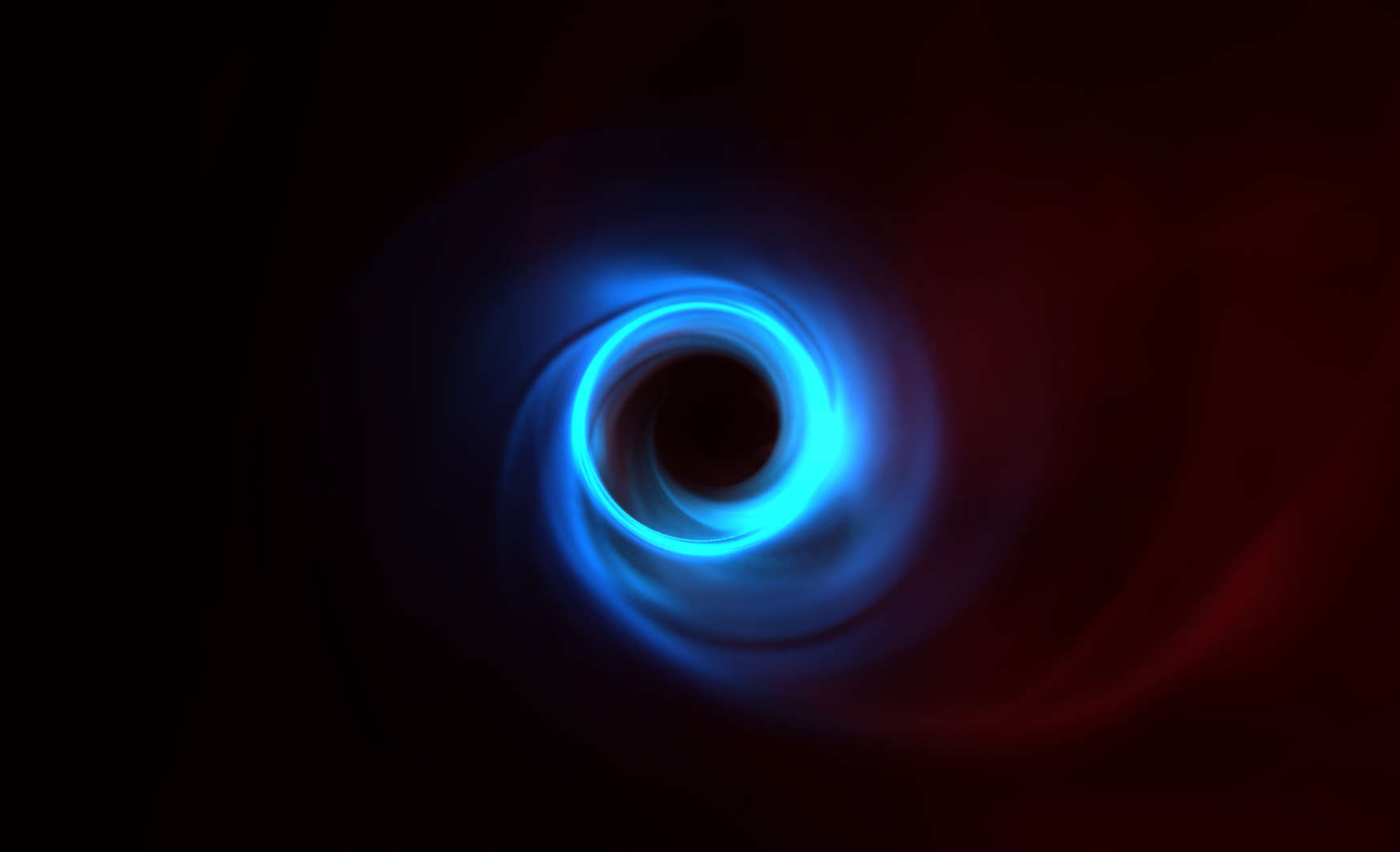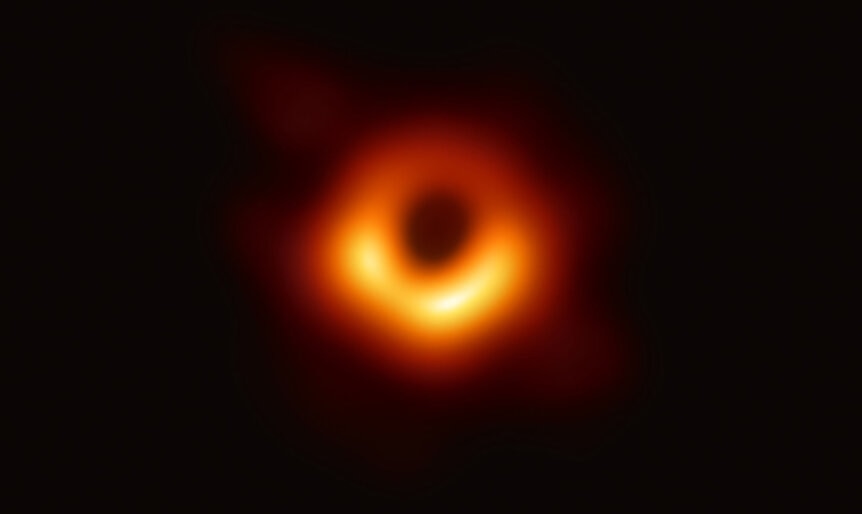Create a free profile to get unlimited access to exclusive videos, sweepstakes, and more!
If you want to disprove Einstein, it just got 500 times harder

General Relativity is one of the most successful, if not the most successful, scientific ideas of all time.
Developed by Albert Einstein over many years early in the early 1900s, it describes the nature of space and time, and gravity's role in both. He proposed that space had a shape that could be bent, warped, by the gravity of massive objects in it. Also, space and time were inextricably connected, two sides of the same spacetime coin.
In the century since, the equations of General Relativity (or GR if you want to sound cool) have been used to make a huge array of predictions, all of which — literally all — have panned out. GPS satellites wouldn't function without it, neutron stars orbit each other obeying it, even the Universe as a whole dances to its tune.
Black holes are the ultimate test of GR; where gravity becomes so intense they can, in a sense, tear the fabric of spacetime.
Still, astronomers and physicists are always looking for ways it may break down, and propose alternate theories that change or modify GR. After all, we know GR and quantum mechanics don't always get along, despite both ideas being extremely successful in their different domains. So there's probably a bigger theory out there that incorporates both… or possibly modifications to either or both that will make them play better together.
But if you want to come up with a new idea to supplant GR, from now on you'll have to try a lot harder. A (huge*) team of scientists has dreamed up a test of alternate theories, and it constrains them a lot more tightly than previous tests.
Their idea is based on the incredible image from the Event Horizon Telescope of the black hole in the center of the huge galaxy M87. Called M87*, the black hole is a mind-crushing 6.5 billion times the mass of the Sun. From 55 million light years away, M87* is too small to see, and even so it's black. You literally can't see it.
But M87 is an active galaxy, meaning the black hole is actively feeding on a vast amount of material falling into it. This material piles up just outside the Point of No Return (the black hole's event horizon) into a very hot disk, and that does emit light. A lot of it. And it's that light we see in the image.
The image has a dark center, though. That's not the actual event horizon, but what's called the black hole's shadow. There's a region outside the black hole where the paths followed by photons of light are so severely bent that the photons literally orbit the black hole before falling in. Sometimes they orbit once, sometimes more, but in this volume of space around the hole they do eventually fall in. That means we see no light from that region, leaving a dark hole in the image.
The size of that shadow depends on the mass of the black hole and a few other characteristics (like its spin), and that size can be calculated using GR. As it happens, shocker, the size measured is a pretty good fit with GR (to an uncertainty of only 17%, which is pretty close given the fuzzy nature of the image).
What the scientists did was pretty clever: If GR describes the size of the shadow so well, they reasoned, then they can turn that idea around and ask how different a theory can be from GR and still be consistent with the shadow size measured in the observations. In other words, if you have a theory to explain gravity that's different from GR, it still has to accurately predict the size of that shadow. If it doesn't, it's wrong.
The team found that the constraints on size in the images provides a much more stringent test of these theories than other observations traditionally have. For example, we have accurate measurements of the movement of solar system objects, and GR predicts them very well. Alternate theories might do that too, but the measurements aren't accurate enough in some cases to disprove the alternate ideas. The uncertainty in them may not rule a given idea out.
But the shadow of M87* is much better at this. The scientists find the constraints using it are 500 times better than previous ones! Again, that means that if you come up with a better idea than Einstein's, you'd better be really, really sure. That shadow is just waiting to prove you wrong.
I like this. It's in our best interest to find out where and how GR might fail, or at least not be as accurate as it should be. That's how these things work; Newton came up with his law of gravitation that was very good, but centuries later was found not to work at high velocities or near extremely massive objects. GR fixed that. So even solid ideas can be updated sometimes, made even better.
But the new idea has to actually do a better job. That's a very high bar indeed when it comes to GR. And now it's been nudged a little higher.
*I do mean huge; nearly three pages of the paper are devoted to list the scientists and their affiliations; the entire scientific part of the paper is only 3.5 pages long.




























